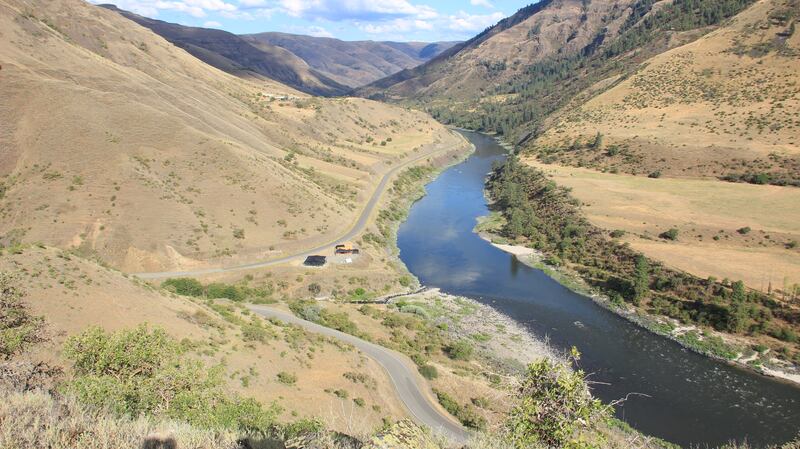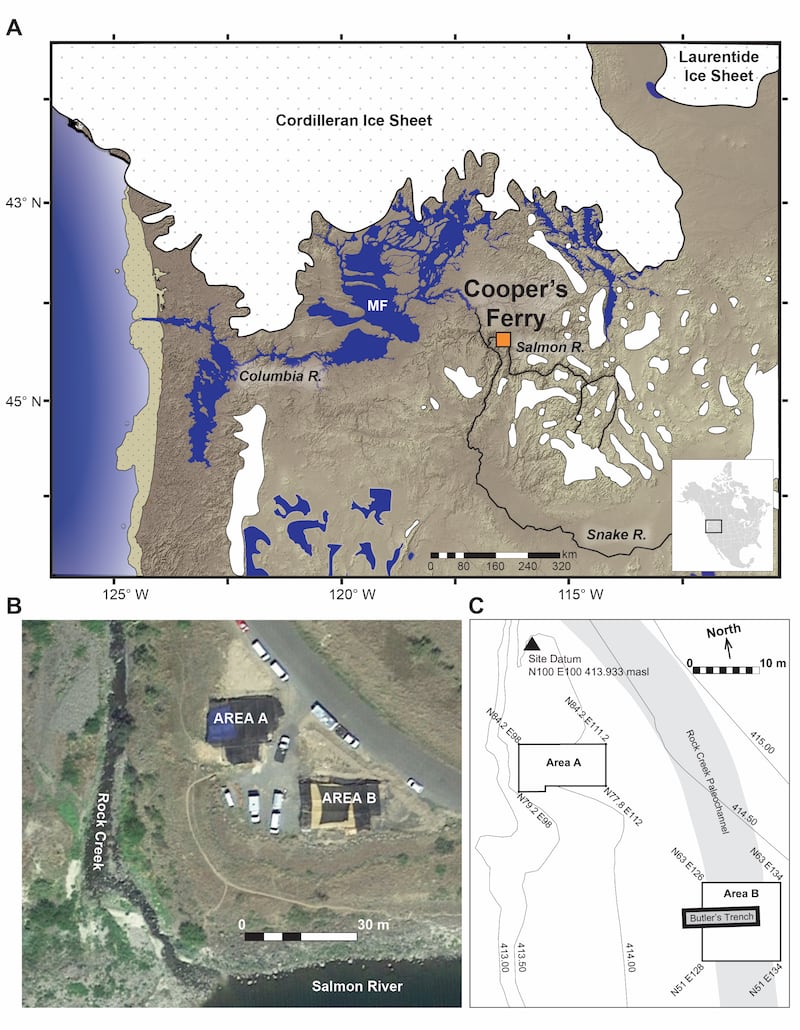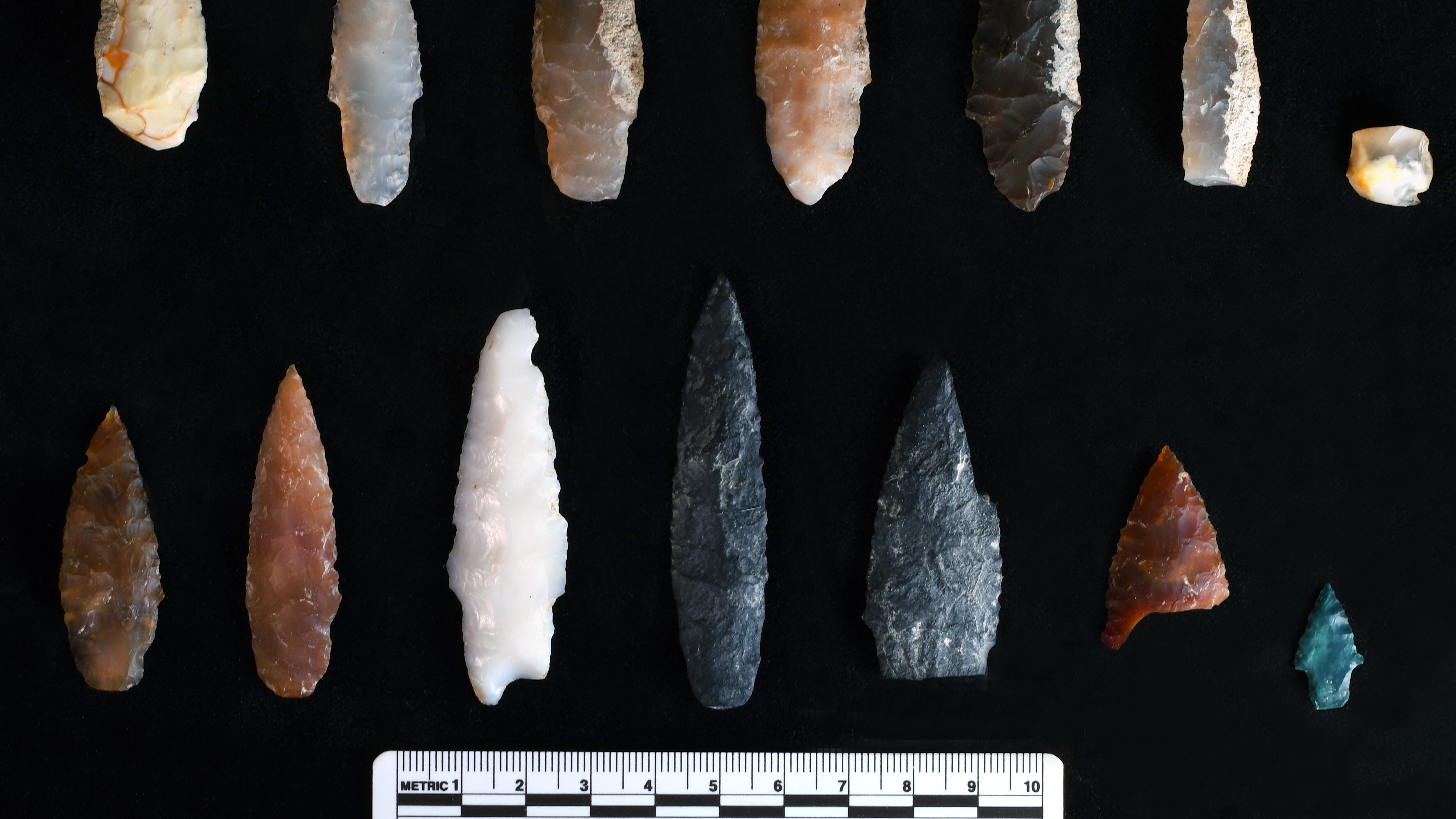This New Year’s, Oregon State University archaeologists are going to party like it’s 13677 B.C.E.
That’s because, on Dec. 23, those researchers announced the discovery of the oldest known projectile points in North America.
The points were discovered in Idaho between 2012 and 2017, at an excavation site along the Salmon River. They are believed to date from approximately 15,700 years ago. They predate the previous oldest known points found throughout North America, called Clovis points, by roughly 3,000 years.
A projectile point is a piece, usually made of stone or bone, that has been worked into a point and is then attached to a stick or some such shaft for the purposes of hunting and warfare. The general shape is similar to what many people would think of as an arrowhead.
The OSU archaeologists have theorized based on the size of points (half an inch to 2 inches long) that they were attached to darts, not spears or arrows. They were made mostly from agates, with a few made from volcanic rock.
The Salmon River points are also notable for similarities with some found in Hokkaido, Japan, that are roughly 16,000 to 20,000 years old. The timing and shape could imply an interchange of ideas between the two cultures thousands of years ago.
“The similarity has to do with the three-dimensional shape, how the stone was worked to create its geometry,” said Loren G. Davis, a professor of anthropology at OSU and head of the group that found the points, in an interview with WW. “People sort of miss the point (so to speak), we’re not saying that the Nez Perce are peoples of north Japan. There are not a lot of other places that have a record this early or look like the things we found. They could be part of some larger network that’s sharing ideas.”

The projectile points were found on land ancestrally belonging to the Nez Perce, a village called Nipéhe, now known as Cooper’s Ferry. The land is currently held by the U.S. Bureau of Land Management under public ownership.
Excavations included staff members, students and interns from OSU, as well as an intern from the Nez Perce for 2016-17 thanks to funding from the BLM. The sites have also had yearly visits by the tribal council and high school groups from the Nez Perce who have joined in the excavation.
The Nipéhe-Cooper’s Ferry site has yielded multiple valuable discoveries, including a 14,200-year-old fire pit and over 65,000 items. Davis was particularly excited about the discovery several years ago of the molar of an extinct breed of horse, as well as what was essentially a tool box that could be used to make weapons.

Tools and weapons like these are especially exciting in the world of anthropology and archaeology. “In some ways, we are all interested in this because it talks about humanity, it talks about humans making a living in this place that was very different from what it is today,” Davis said.
He pointed out that everyone at some point in their family tree has an ancestor who would’ve made or used these kinds of tools. “Seeing the expression of people’s ancestral knowledge is exciting to me,” Davis added.
He also emphasized the limitations of the archaeological perspective. “Archaeology only gives you extremely narrow views about things that happened in the past. I can only talk about some things like the timing aspect, what was made, that they were left here,” Davis said, adding that that the excavations’ findings and conjectures about them do not inherently conflict with “tribal perspectives.”
While the publication process post-discovery can take some time, Davis did tease that there were further finds to be shared from the site.
